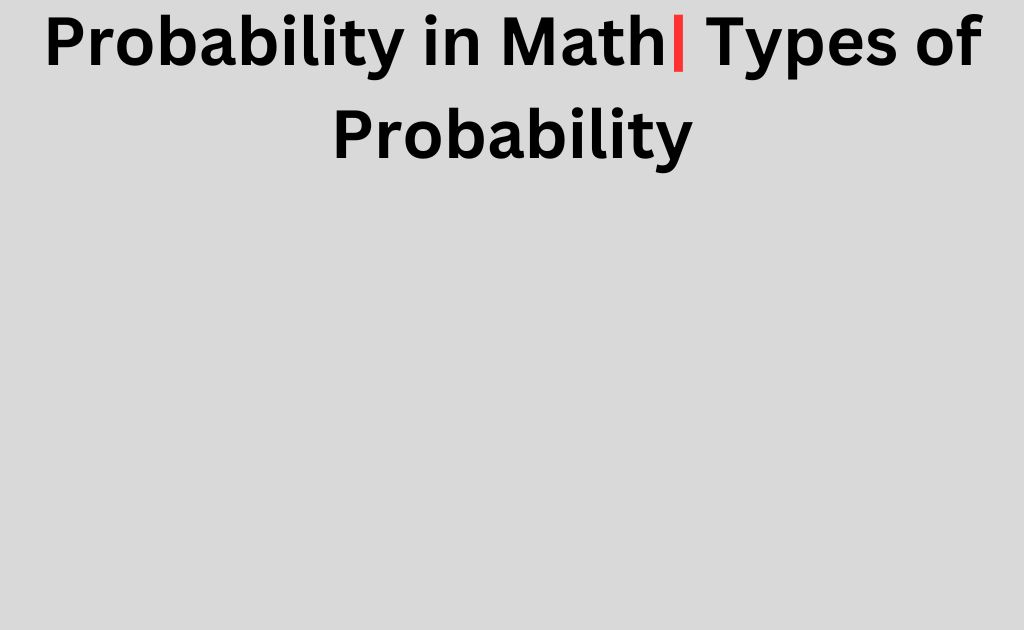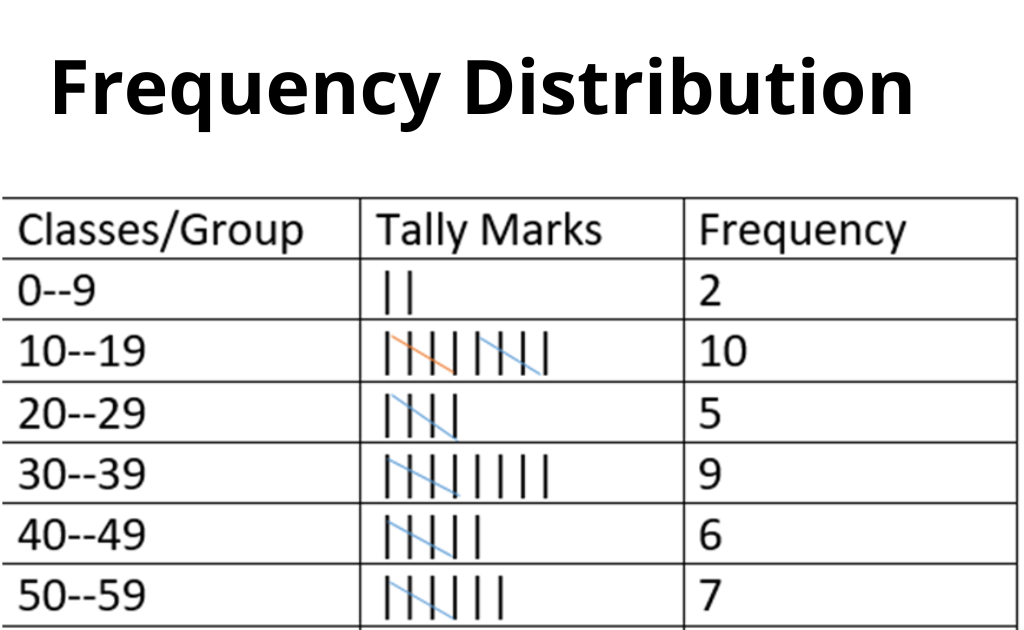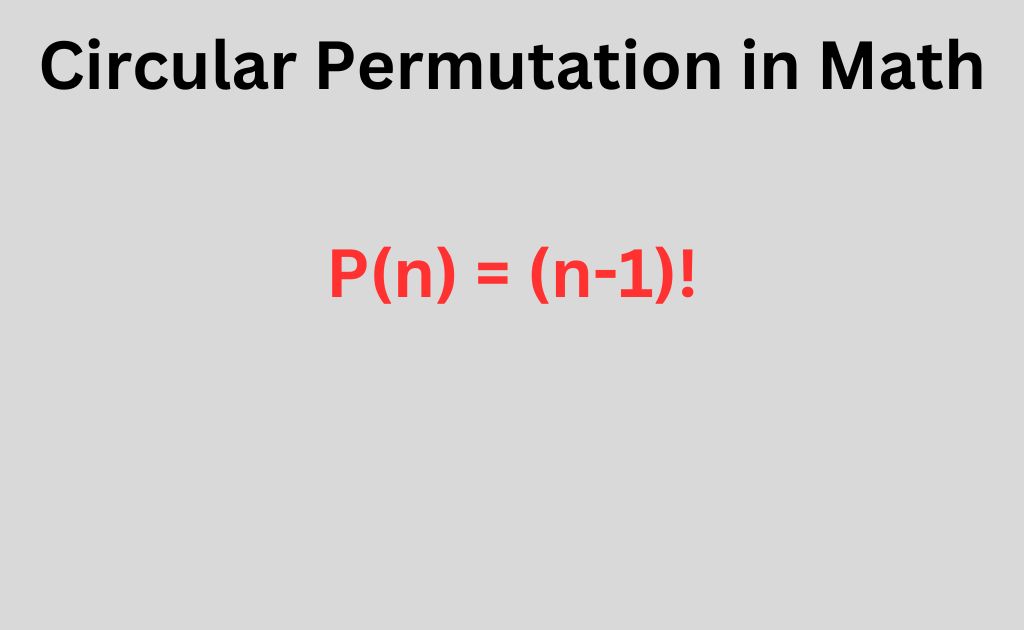What is Combination in Math Formula with Example
Combinations are an important concept in mathematics that deals with the selection of items from a given set. It is a branch of combinatory, which is a field of mathematics that studies the ways in which objects can be arranged or combined. Combinations are useful tools in solving many problems in different fields, such as statistics, probability, and computer science.
In this article, we will explore what combinations are in math formulas and provide examples to help you understand the concept.
Definition of Combinations
Combinations refer to the selection of objects from a given set where the order does not matter. In other words, combinations are arrangements of a set of objects in which the order is not important.
For example, if you have five different fruits, say an apple, a banana, an orange, a mango, and a pear, and you want to select any three of them, the selection will be a combination, and the order in which you select them will not matter. The number of possible combinations that can be made from a set is determined by a formula.
Permutation vs. Combination
Permutations are different from combinations, as the order matters in permutations. For instance, if you have the same set of five fruits and want to select any three, the selection will be a permutation, and the order in which you select them will matter. The formula for permutations is different from that for combinations.
Formula for Combinations
The formula for combinations is expressed as nCk, where n is the total number of objects in the set, and r is the number of objects selected. The formula is given as:
nCr = n! / (r! * (n-r)!)
Where! denotes factorial.
For example, if you have six books and you want to select any three of them, the number of possible combinations is:
6C3 = 6! / (3! * (6-3)!) = 20
Therefore, there are 20 possible combinations of three books that can be selected from a set of six.
Example 1: Selecting a Committee
Suppose there are ten people in a group, and you want to select a committee of four people. How many possible committees can be formed?
Solution:
n = 10, r = 4
10C4 = 10! / (4! * (10-4)!) = 210
There are 210 possible committees that can be formed.
Example 2: Choosing a Combination Lock
A combination lock has three dials, each numbered from 0 to 9. How many possible combinations are there?
Solution:
n = 10, r = 3
10C3 = 10! / (3! * (10-3)!) = 120
There are 120 possible combinations that can be set on the lock.
Example 3: Distributing Party Favors
Suppose you have eight different party favors, and you want to distribute them among four guests. How many possible ways are there to distribute the party favors?
Solution:
n = 8, r = 4
8C4 = 8! / (4! * (8-4)!) = 70
Proof of the Formula for Combinations
The formula for combinations can be derived using the principles of counting and factorials. Suppose we have a set of n distinct objects, and we want to choose r objects from this set without considering the order of selection. To find the number of possible combinations, we can use the following approach:
Choose the first object in n ways.
Choose the second object in (n-1) ways, as one object has already been selected.
Choose the third object in (n-2) ways, as two objects have already been selected.
Continue this process until r objects have been selected.
Using the multiplication principle, the total number of ways to choose k objects from a set of n objects is:
n * (n-1) * (n-2) * … * (n-r+1)
This can be simplified as follows:
n * (n-1) * (n-2) * … * (n-r+1) / r!
Using the definition of factorials, this can be further simplified as:
n! / (r! * (n-r)!)
Therefore, the formula for combinations is nCr = n! / (r! * (n-k)!), which gives the number of possible ways to choose k objects from a set of n objects without considering the order of selection.
Key Takeaways
Combinations are arrangements of a set of objects in which the order is not important.
The formula for combinations is nCr = n! / (r! * (n-r)!)
Permutations are different from combinations, as the order matters in permutations.
Combinations are useful in solving problems in different fields, such as statistics, probability, and computer science.
What is the difference between permutations and combinations?
Permutations are different from combinations, as the order matters in permutations, while the order does not matter in combinations.
How do you calculate the number of possible combinations?
The formula for combinations is nCr = n! / (r! * (n-r)!), where n is the total number of objects in the set, and k is the number of objects selected.
In which fields are combinations used?
Combinations are used in different fields, such as statistics, probability, and computer science.
What is the formula for permutations?
The formula for permutations is nPr = n! / (n-r)!, where n is the total number of objects in the set, and r is the number of objects selected.
Can combinations be used in real-life situations?
Yes, combinations are used in real-life situations, such as selecting a committee, choosing a combination lock, and distributing party favors.

 written by
written by 





Leave a Reply